History
When the first Europeans settled in what is now the United States, they found a continent of extensive wildlands. In less than 500 years the undeveloped nature of this 2-billion-acre estate has been reduced significantly. As wildlands became increasingly scarce and a fledgling conservation movement lost such natural treasures as Yosemite's Hetch Hetchy Valley to development, Americans began to appreciate their value.
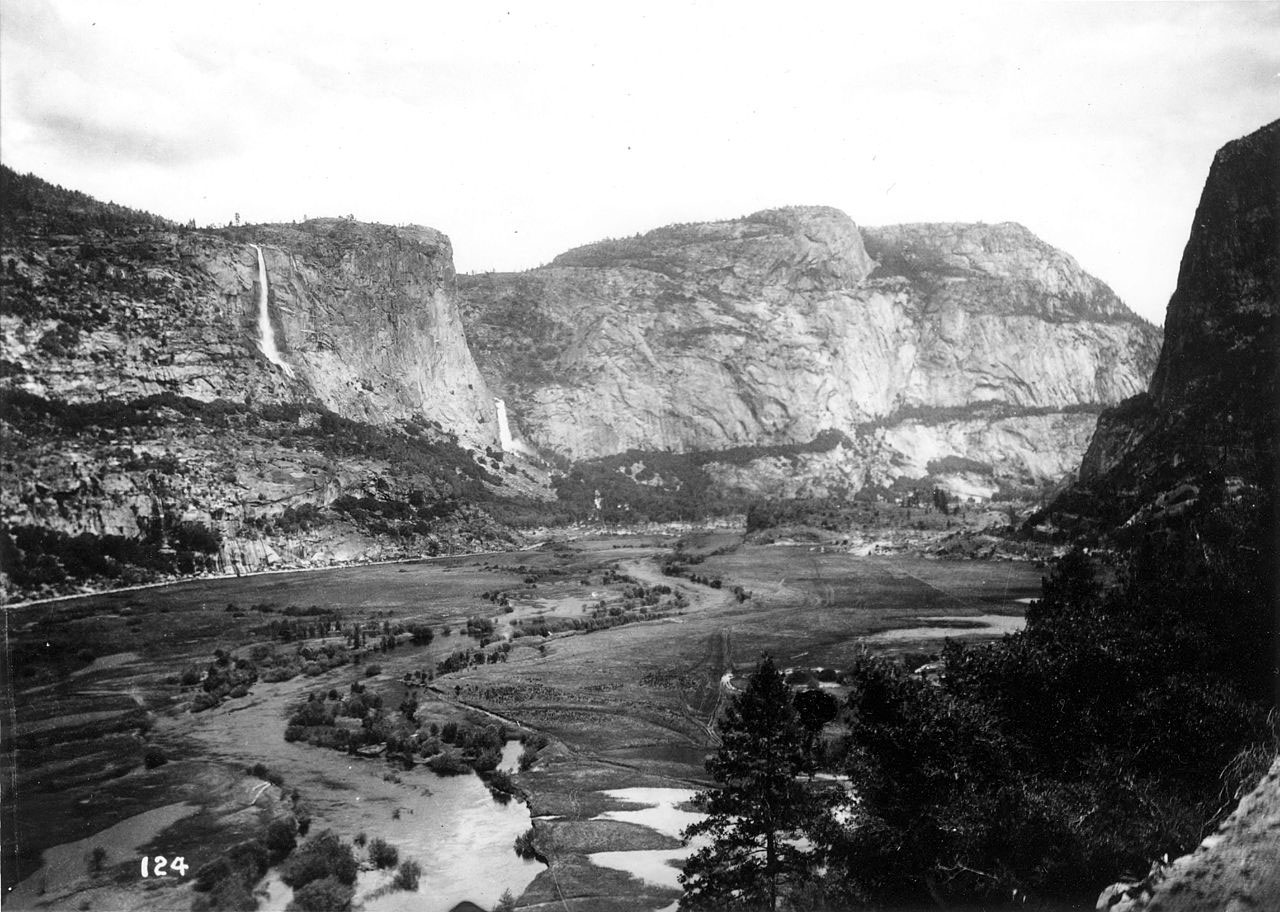
Above: Hetch Hetch before 1923 when the O'Shaughnessy Dam was completed on the Tuolumne River. The dam flooded the entire valley to form a reservoir delivering water to San Francisco and the Bay Area. Below: The Hetch Hetchy Reservoir today.

The 1950s and 1960s in American history were decades of social change with an increase in travel via cars, trains, and planes. Concern was growing for air and water quality, as well as the potential that no lands in the United States would remain wild and free. Landmark conservation battles, such as the successful opposition to the Echo Park Dam in Dinosaur National Monument, fueled the growing conservation movement, and American citizens soon wanted some public lands permanently designated as Wilderness.
The most long-lasting and certain way to protect public lands was through law passed by Congress and signed by the president. In the early 1930s, Bob Marshall, who dreamed of Wilderness protected by law, had stated, "Areas...should be set aside by an act of Congress. This would give them as close an approximation to permanence as could be realized in a world of shifting desires." The time was right to create and pass a bill that preserved Wilderness.
However, passage of a bill preserving wilderness was not easy. Howard Zahniser wrote the first draft of the Wilderness Act in 1956. The journey of the Wilderness Act covers nine years, 65 rewrites, and 18 public hearings. In August 1964, after the Senate had passed it for the second time, the House of Representatives overwhelmingly passed the Wilderness Act of 1964--with only one dissenting vote! President Lyndon B. Johnson signed the Wilderness Act into law on September 3 of that year.
With passage of the Wilderness Act of 1964, Americans chartered a new course in world history--to preserve some of a country's last remaining wild places to protect their natural processes and values from development. The idea of wilderness, however, began long before the passage of the Wilderness Act.
-
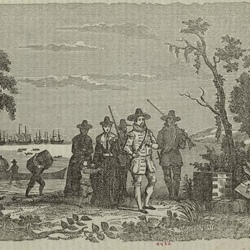
Explorers and colonists advance into a temperate and wild land inhabited by indigenous peoples and abundant animal life.
-
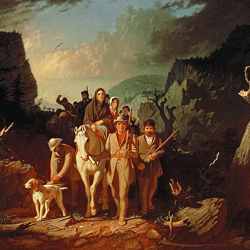
Fur trappers, mountain men, and explorers push the frontier boundary westward as civilization consumes limited natural resources.
-
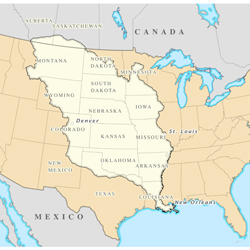
The Louisiana Purchase doubles the size of the Republic. Romanticism in art and literature changes perceptions of nature.
-
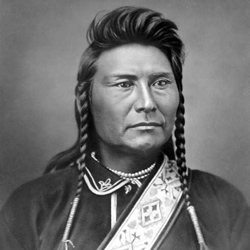
The Romantic Movement further influences appreciation of nature; yet industrialization displaces wildlife and American Indians.
-
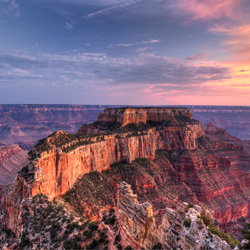
The Antiquities Act allows U.S. Presidents to proclaim national monuments. The National Park System is established.
-
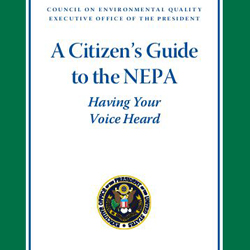
Public awareness, activism, and conservation efforts lead to landmark environmental legislation including the Wilderness Act.
-
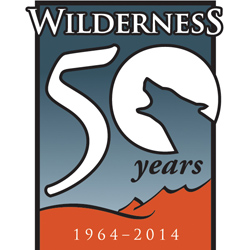
Local and regional advocacy groups begin to play a greater role in the wilderness movement; new designations often succeed only through collaboration and compromise with diverse stakeholders.